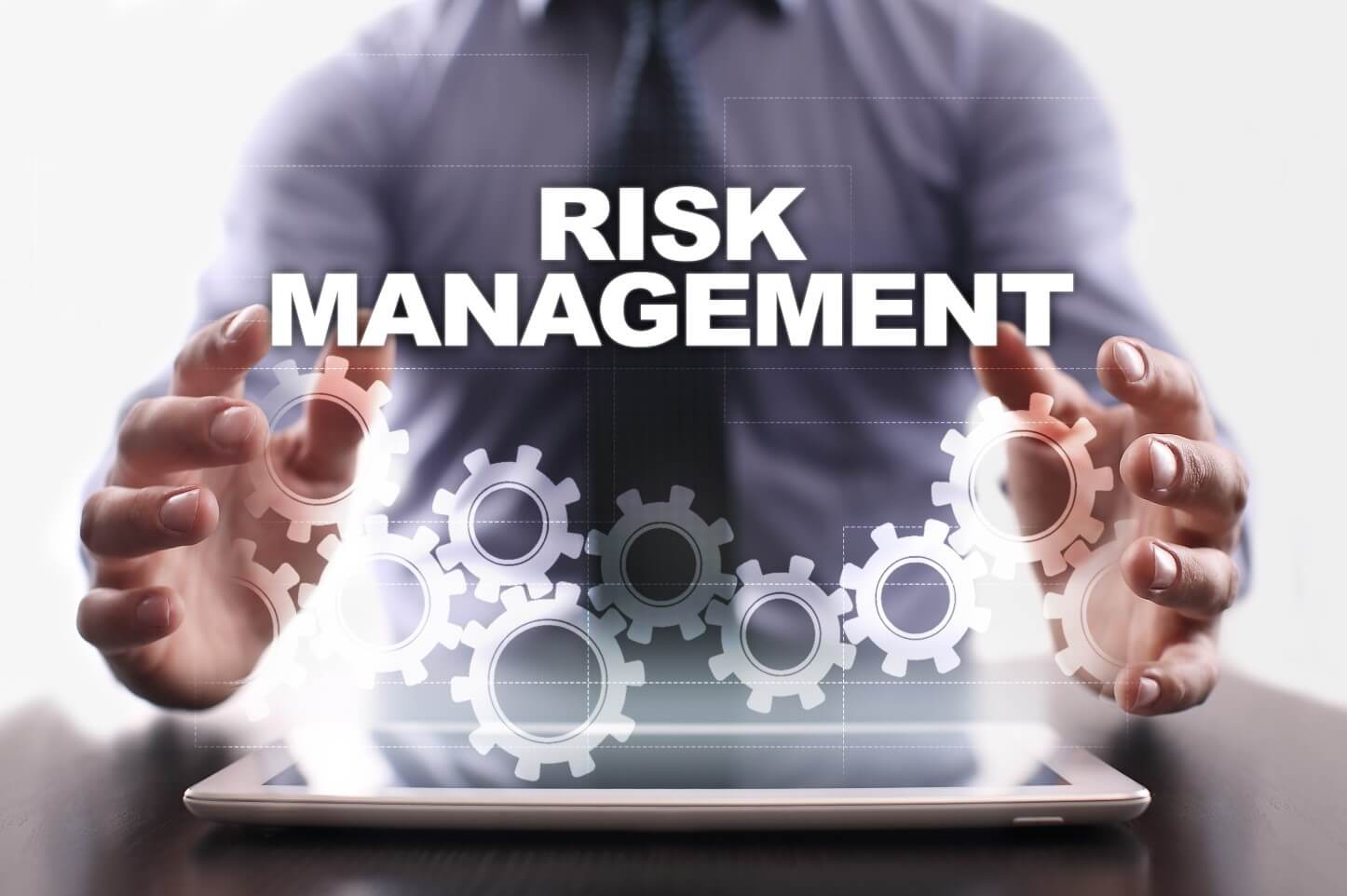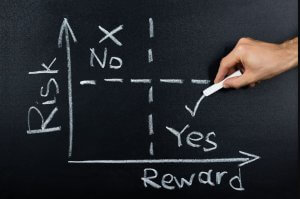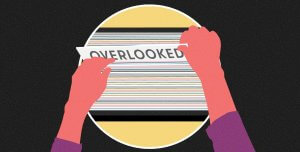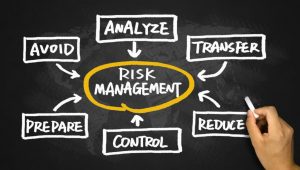One of the most important elements of the trade is certainly risk management, even though it can be a neglected point. The traders need to learn as much as possible about the risk management to gain profit. This specific subject will guide you on how the risks could be avoided and implement the strategy to achieve projected goals and profit.
Lots of researches have shown that risk management might be the crucial aspect of any day trader. Sometimes, traders can see 80% of their trades are profitable, while 20% show as a net loss. This is an example that shows incorrect risk management. That is why the good planning and learning about the ways to get your trades protected are so important.
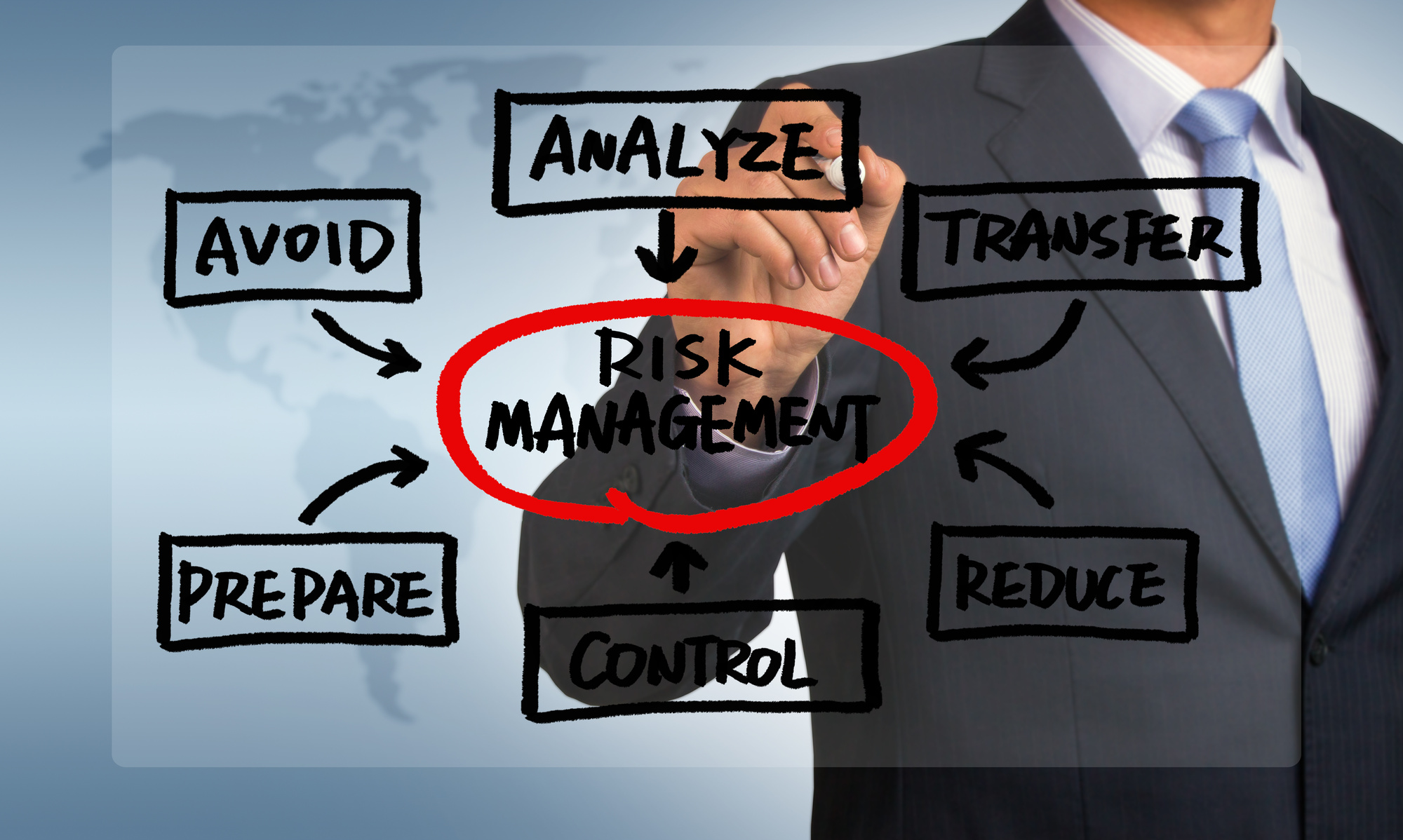
When we mention the strategy we always think of something that is based on the long term. The same goes for the Forex market, where even if the traders can be affected by the loss, it doesn’t mean that they cannot end up in making some profit. That’s why good strategy and planning are so important. Something that the professional traders always emphasize is, “Plan the trade and trade the plan”.
First of all, we should all be aware of the possible risks that can come along with the trades. The majority of the foreign exchange trades consist of foreign exchange swaps, currency swaps, options, futures, spot transactions. Since there is leverage, the risk with forex trades can be big and can cause a certain loss. Those losses could be even bigger than estimated.
Depending on how the leverage is created, the small payment can cause a serious amount of loss. Various issues can also affect the financial markets such as political situations, time differences, etc. Even though the Forex trade market seems to be the most active and frequent, there are always risks that can lead to serious losses. In further writing, we will show some of the most common risk points to understand how they could affect the trader and the market.
We can start with Interest rate risks. There is something that the macroeconomics study shows and that’s how the country’s exchange rates are affected by the interest rates. Proportionally, having an increase in the country’s interest rate is going to make the currency more stable, due to the inflow of investments in the country’s wealth. So, when we have a stronger currency, the higher return is expected. On the other hand, when the interest rate dips, the currency gets weaker since the investors start to pull back their investments. Also, Forex prices can be significantly changed by the difference between the currencies, due to the type of the interest rate and its unavoidable impact on the exchange rates.

Another risk element is known as Leverage risk. It is important to highlight that people join the Forex market because it provides them with higher leverage, which is different from other financial instruments. To even participate in the notable foreign currency trades, you will have to create an account for margin with your broker and it’s something that is strictly required by the leverage in the Forex trade market. When we have a case of the small price swing, it means that the investor needs to put the deposit further cash to cover the losses that may occur. When the trader begins to use the leverage extensively in the situation when the market is inconstant, it will eventually show as a big loss for the trader. The forex prices could be significantly changed with the interest difference between the currencies.
We also need to mention and elaborate on the transaction risks. The definition of the transaction risks is explained as an unbalanced exchange rate from the beginning of the contract until its completion. Something that happens most of the time in the Forex market is the fluctuation of the exchange rate before the contract gets finalized. On trading days we are all aware that the Forex works hours. Therefore, the same currency can be purchased and sold for different prices at different times. In that case, if we have a huge time gap between the beginning of a contract and its closure, the more risk in the transaction we need to take. If we have the change of the rate of exchange caused by the different timezone, the expense of the transaction can be pretty high.
When it comes to the risks we should talk about Counterparty risks. It presents the list of non-payment risks generated by the supplier. It is mainly related to the brokers or suppliers of benefits to investors. We need to mention the two types of contracts regarding this topic. Forex market differentiates spot and forward contracts. Spot contract handles the spot currencies and the risk is always determined by the brokers or market makers. If the situation in the market is not improving, the contract could be broken by the counterparty. The forward contract can be defined when two parties decide to purchase or sell an asset at a determined time in the future by the price that is agreed upon by the finalization of the contract. That price is usually called the future price.

The last on this list but not the least important and its Country risk. When you start to plan your investments, mostly in currencies, please check the strength and standard of the country that is using them. The most of the countries in the world that have just started to develop their economy or countries that still haven’t started to develop it, rely on the currencies of the economically strong countries such as US Dollar or Euro. That is why the central bank has to come up with a set of systematic measures to keep fixed exchange rates. In the case when the currency is undervalued, it negatively reflects on the Forex market. We also have to mention the term of currency devaluation. It starts with there is repeated balance of a deficit in payment, when the country has a higher import than the export rate. It is also important to mention the investments. Mostly, they are rather built on the idea than facts and researchers.
In that case, the investor will take back the assets if he estimates that the currency value will dip. It will seriously affect the currency which will get even lower. Also, it will be hard to get the assets pulled and exchanged. In the Forex market, when the currency crisis occurs, it means that the currency will continue to devalue, credit risk will be higher, and it will be very hard to sell the assets.
Here is what you can use right away as a base for Risk Management in your trading system. One of the most efficient indicators for reading and predicting the changes in this fluctuating market is the ATR. This acronym stands for Average True Range. Most of the professionals reckon that this tool is one of the most reliable to avoid risks and possible loss. It describes how many pips from the top to the bottom, a currency pairs fluctuate on average. The best possible number of pips that you can have as risk is 1.5 times of ATR value (pip value), according to some research for trend following strategies on the daily timeframe.
So what does it mean? It means that the stop loss has to be 1.5 times the ATR away from the current price. The ATR can be very helpful to find the Pip value. You can use the 2% of your current account as your possible risk. Then you divide your risk with the 1.5 ATR and it will show your 1 Pip value in $ if your account is in USD. For example, use your current account and multiply it with 2%, which equals 0.02. This result will present your total risk amount. When you want to calculate your stop loss you will have to pull up the ATR and multiply it with 1.5.
To avoid any stop loss, you will have to find the most suitable indicator that will pull you away from the bad trades. There are a few tips that some of the most proficient traders suggest. The first one would be avoiding the trade more than the one with the 2% risk. In some cases, you can just find the first trade entry and should easily go with the flow. Even better, if you get the long signal for EUR/AUD and the EUR/JPY you can try to split the risk ( 1% and 1% per pair).
Also, you can use the 1% on the one trade, and leave the other trade open for later, where you have half-risk. The first tip is the most common and the most reliable. To gain some profit and to path your way to be a successful trader, you should never fear the risk, but on the other hand, be cautious. Learn as much as possible to even get into risk. Learn how to calculate your risk and try to recognize your exit indicator. In the end, don’t get trapped by the over-leveraging.

